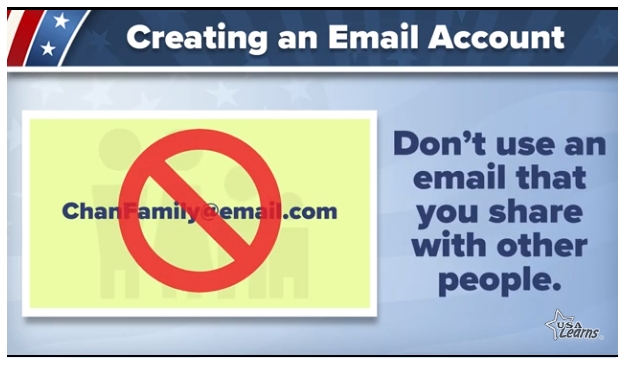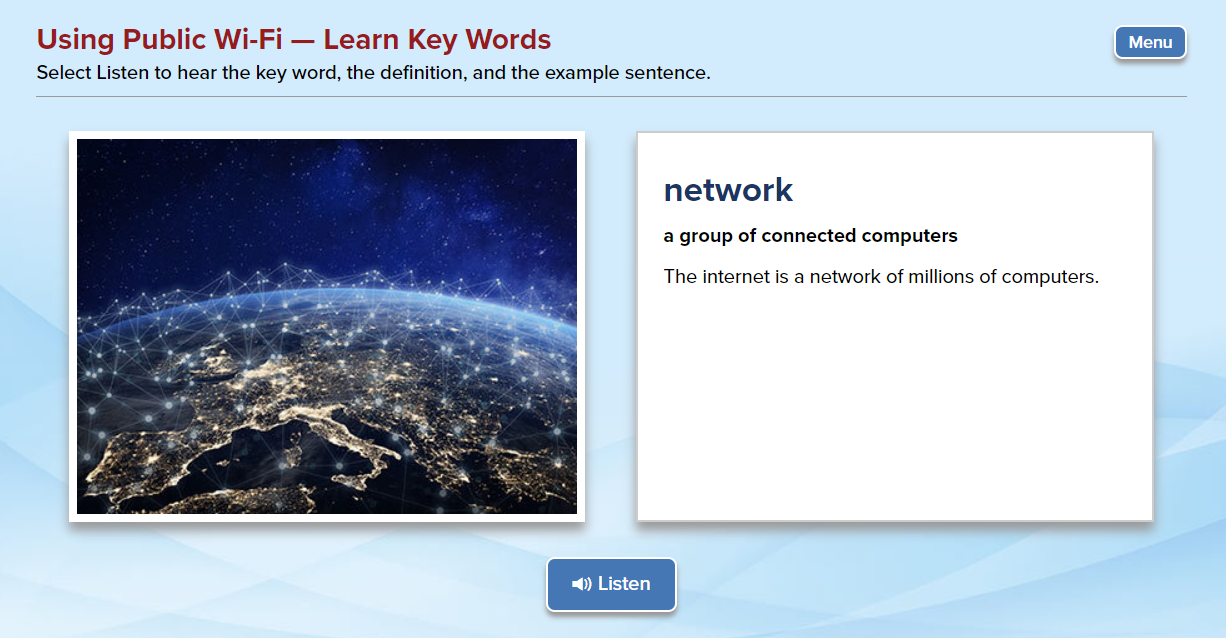OTAN News
New Additions to USA Learns Citizenship Course
Written by Andrea Willis, Retired Director of USA Learns and Jenni Currie Santamaria, USA Learns Lead Curriculum Developer
Since 2017, adult learners across the nation have been using the free USA Learns Citizenship course to prepare to successfully pass their naturalization interview. The course has always included comprehensive information about the naturalization process and preparation for the N-400 interview, civics, and reading and writing tests. Now, thanks to a generous grant from the United States Citizenship and Immigration Services (USCIS), new instruction has been added to the USA Learns Citizenship course, including:
- how to create a USCIS account and complete the N-400 online
- digital literacy skills (for example, keeping data secure and evaluating online information)
- more mock interview listening practice
- immigrant integration opportunities and activities to make the content more locally relevant
- more speaking practice
- 40+ new or updated videos
- more varied listening practice
In addition, new resources for instructors are being added, including a detailed scope & sequence, interview practice scripts, and annotated links and teacher tips.
Samples of New Activities
N-400 Application for Naturalization Online
One major addition to the course is instruction about how to complete the N-400 online. In unit 1 (Steps to Becoming a U.S. Citizen), we have added new lessons that teach how to create an email account and how to set up an account on the USCIS website. These are both critical skills that learners need in order to submit the N-400 online. Included in these lessons are user-friendly and appropriately-paced instructional videos, vocabulary instruction, and comprehension checks. Below are a few examples of the new activities:
This new video covers where and how to create a free email account, how to navigate an email account (sent, in-box, junk), how to write an email, security topics, and more.
The above activity is followed by the new lesson called Setting Up Your USCIS Account, which teaches key vocabulary, how to use that vocabulary in context, a new animated video, and a comprehension check.
New Digital Literacy Instruction
Most lessons also include new digital literacy instruction beyond setting up a USCIS account and filing the N-400 online. For example, in Lesson 1.3 you’ll find a new activity entitled Using Public Wi-Fi. Here, students learn important vocabulary, such as network, steal, safe, protect, and log in / log out by watching a new video, completing a Learn New Words activity, and doing comprehension check activities. Each vocabulary word includes a carefully-crafted image to represent the word, a definition, and a sample sentence. Returning users will notice that all of the text on the card is now included in the audio for additional listening opportunities. Here’s a sample Learn Key Words vocabulary word:
Mock Interview Practice
Before diving into this project, USA Learns staff surveyed citizenship teachers across the nation to better understand what more should be added to the course. We would like to thank everyone who responded to our survey, as their valuable feedback helped us to better understand teachers’ and learners’ current needs. One of the top survey responses was that teachers wanted more mock interview practice for the naturalization interview. With this in mind, we’ve added new Interview Practice activities, in which learners listen to segments of a mock interview. In addition to answering questions related to the N-400, the interviewee demonstrates different ways to ask for clarification or repetition. Below are two sample activities. In the first, the learner listens to an audio interview and then selects all of the questions that the interviewer asked. In the second, the learner answers comprehension questions about the responses.
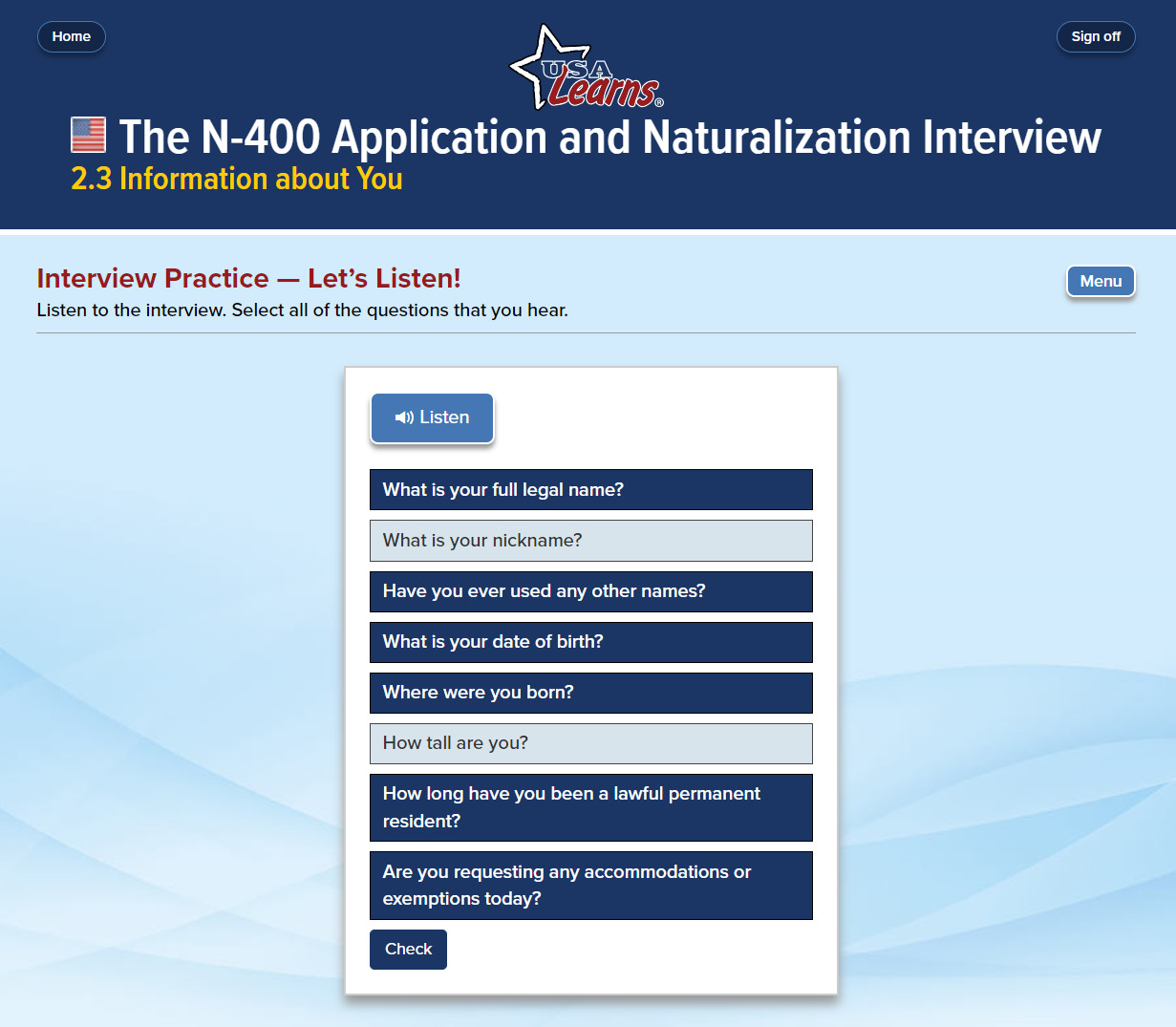
More Immigrant Integration Opportunities
An important aspect of citizenship education is helping new immigrants integrate into their communities, and in our survey teachers asked for ways to adapt the content to local areas. With this in mind, the new In Your Community activities encourage and support learners in efforts to learn about the area they live in.
The In Your Community activities provide learners with questions to research, for example, about their state and city government, state laws and taxes, local history, where to find a polling place, and more. After finding answers, they come back to USA Learns and complete a Say It! activity to practice speaking and report back on their findings. For example, in lesson 2.8 Memberships and Associations, learners watch a video about volunteering in the United States and answer comprehension questions. They are then asked to research volunteer opportunities in their area. They are provided with prompts to help them focus on key information.
Where did the idea for this new activity type come from? The In Your Community activities were originally created as part of the Access America course, which teaches immigrant integration topics and ESL. Due to the activity’s huge success in that course, staff of USA Learns wanted to bring that same experience to USA Learns Citizenship.
More Faces and Voices
Because learners will be interviewed by USCIS officers who come from different parts of the country or are immigrants themselves, teachers asked us to include a wider variety of voices and accents in the course. Our new presenters include Neda, Gerald, Nancy, and others who will provide learners with more varied listening practice.
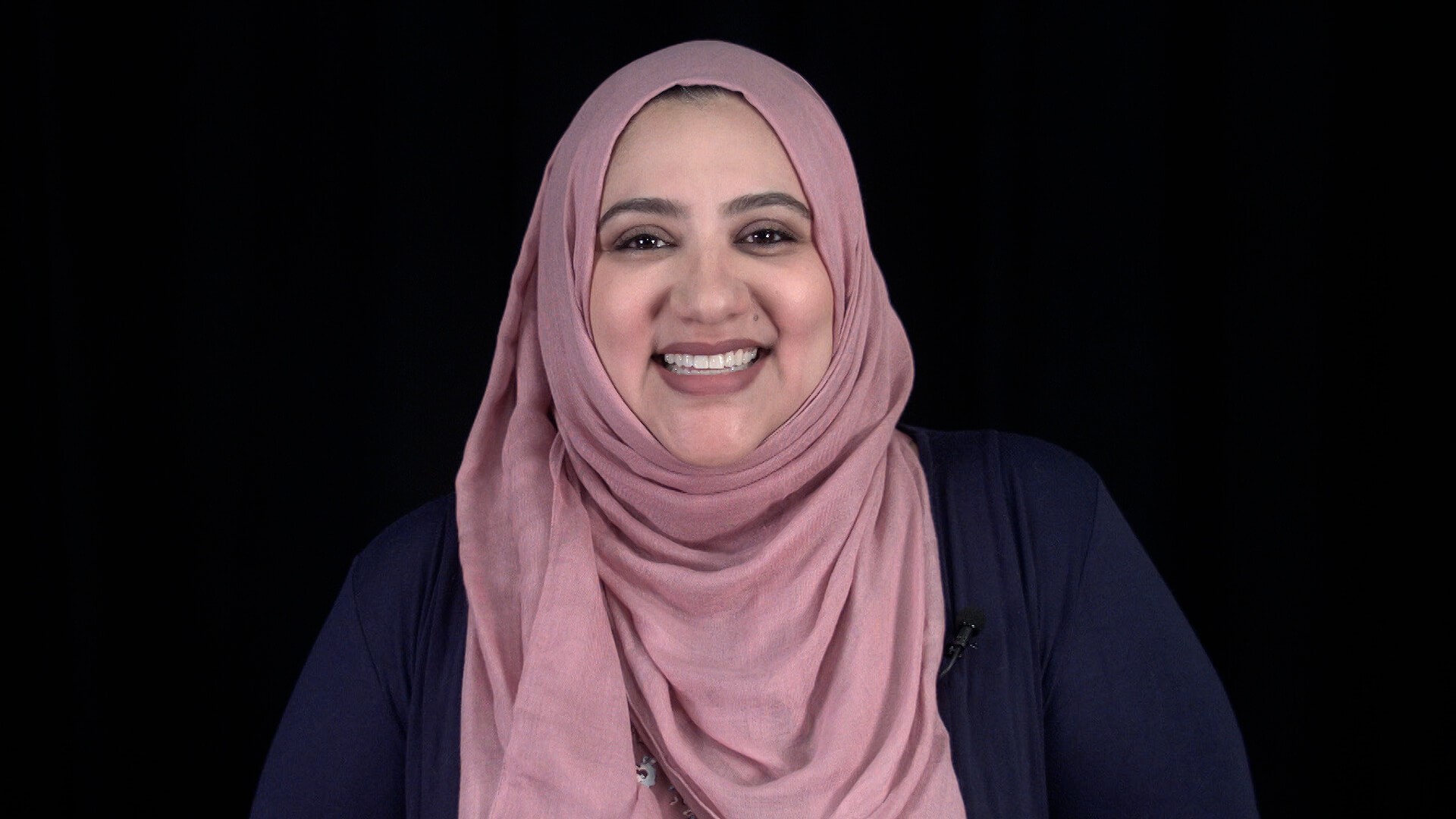
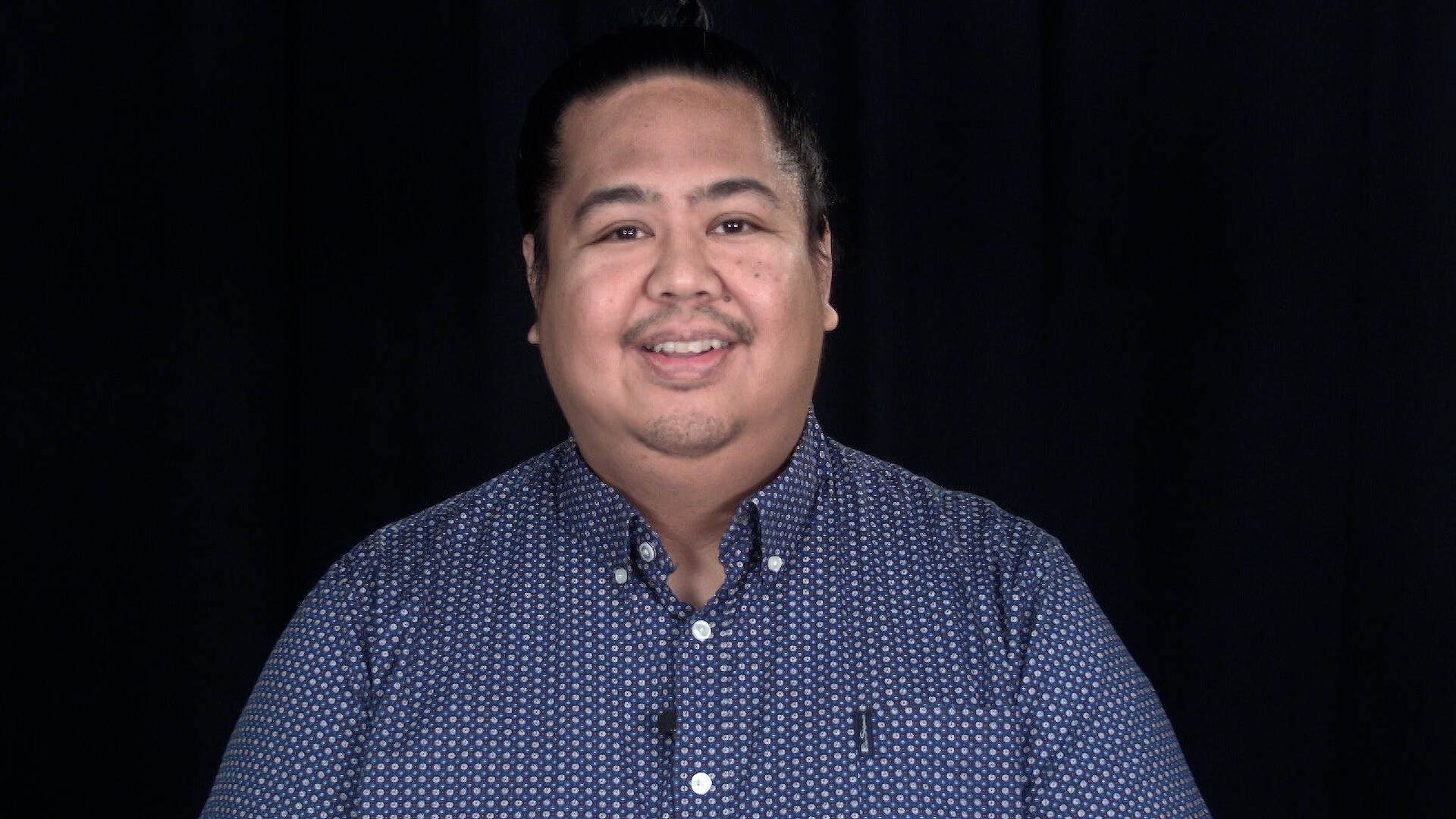
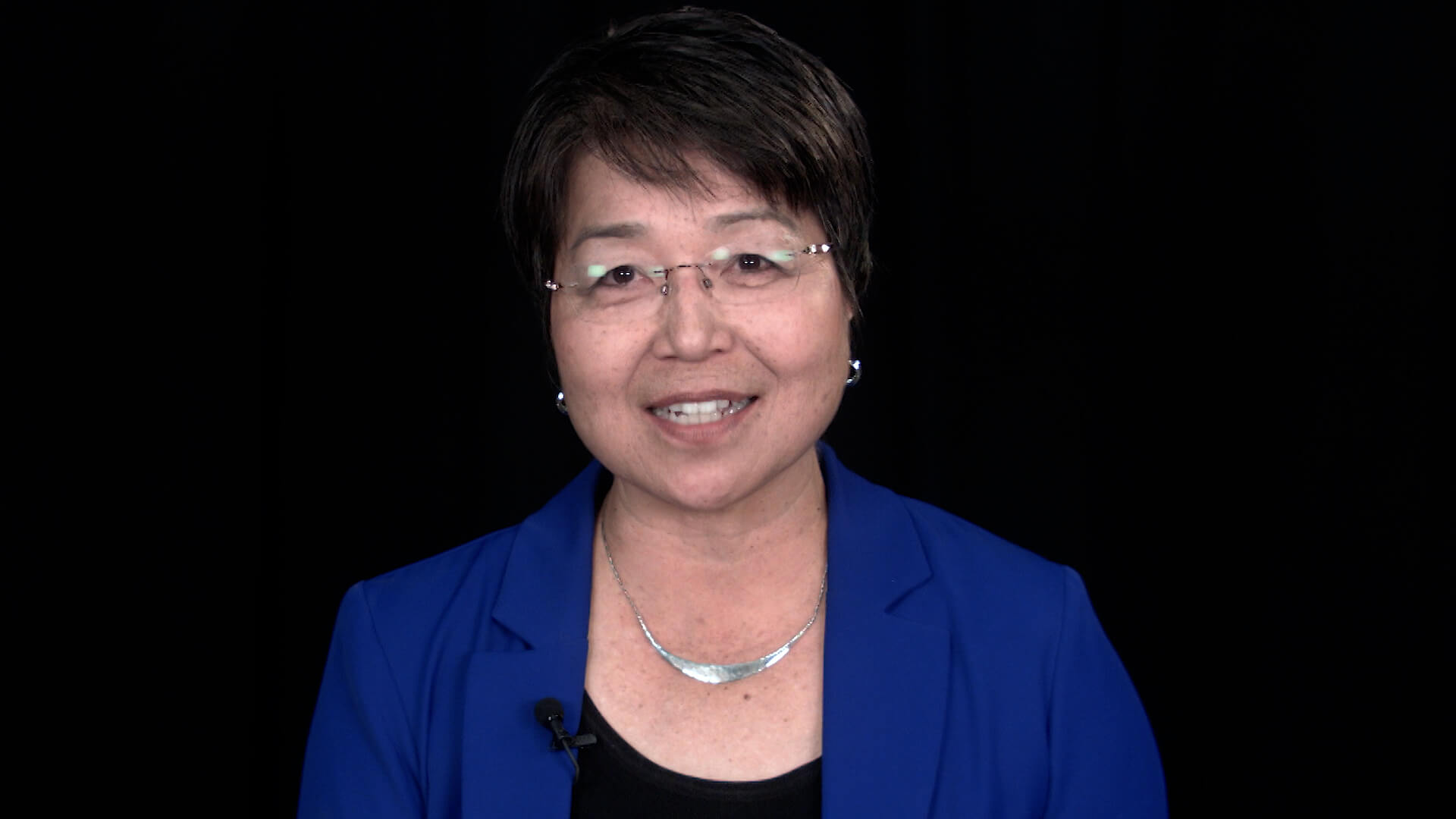
Teacher Resources
If you’re new to USA Learns, you’ll be happy to hear that teachers can easily create their own courses based on USA Learns content and then track students’ progress including scores, time spent, last login, etc. and download student reports.
New teacher resources are also being added to the USA Learns teacher site, including interview scripts, ideas for the classroom, and a detailed scope & sequence including correlations to the sections of the N-400, the Civics and Government test questions, EL CIvics, and CIT.
“Why is my lesson not complete?”
In case your learners ask why a lesson they completed is no longer marked as complete, here’s the answer: For students who are currently studying the citizenship course or have previously taken the course, they will notice some new activities once they sign in after the September 6th launch date. If they have already completed a lesson or unit, it will appear as incomplete due to the new activities that have been added. We invite learners to complete the new activities, as they contain new information and interactive exercises that will greatly benefit them.
Downloadable Fliers
Thank you for sharing the news about the citizenship course with your co-workers and friends so adult learners can benefit from this high-quality free instruction. We have a digital flyer available in 8 different languages that can be downloaded and shared with adult learners and colleagues. They are available at https://www.usalearns.org/usa-learns-share-page.
Webinars to Learn More
We invite you to watch a recorded webinar, which was presented live on September 14, to learn about the new course enhancements.
If you have additional questions after viewing the webinar, please contact us at help@usalearns.org.
USA Learns is an ongoing project of the Sacramento County Office of Education.


